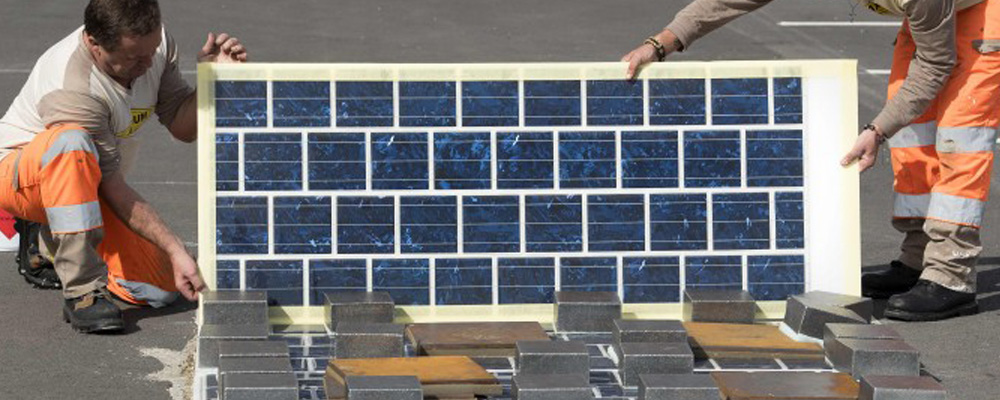Can roads be designed to collect solar energy?
They absolutely can, and there are already countries doing this. Building roads using solar cells is a great use of space as it is not taking away land that can otherwise be farmed. Based on current estimates, 250 square feet of a solar road will provide enough energy to power a typical house. A typical 1 km stretch of road paved with solar cells can provide the electricity to power public lighting in a city of 5,000.
These specialized solar cells are made out of a thin silicon film, and coated with resin. The resin makes the cells less slippery, and gives them more strength. These solar cells are designed to fit together very tightly so that rain and snow cannot get in the seams. Due to the flexibility of the cells, they are also able to adapt well to temperature changes.
What about the fact that roads might be shaded by cars? According to the latest research, the average road is only occupied by a car 10% of the time so it is not a huge issue.
This solar road technology can be retrofitted to existing roads as well. The latest country to build a solar roadway is France. They are planning to build 621 miles of solar roads, called The Wattway, within the next five years.

It is really useful.
I would be concerned with durability, maintenance and safety. Roads are the most abused creation by mankind which need contact repair. Why would you want to put an expensive electrical device in a harsh environment? Better to place them on flat roofs or along the cleared area next to a road.